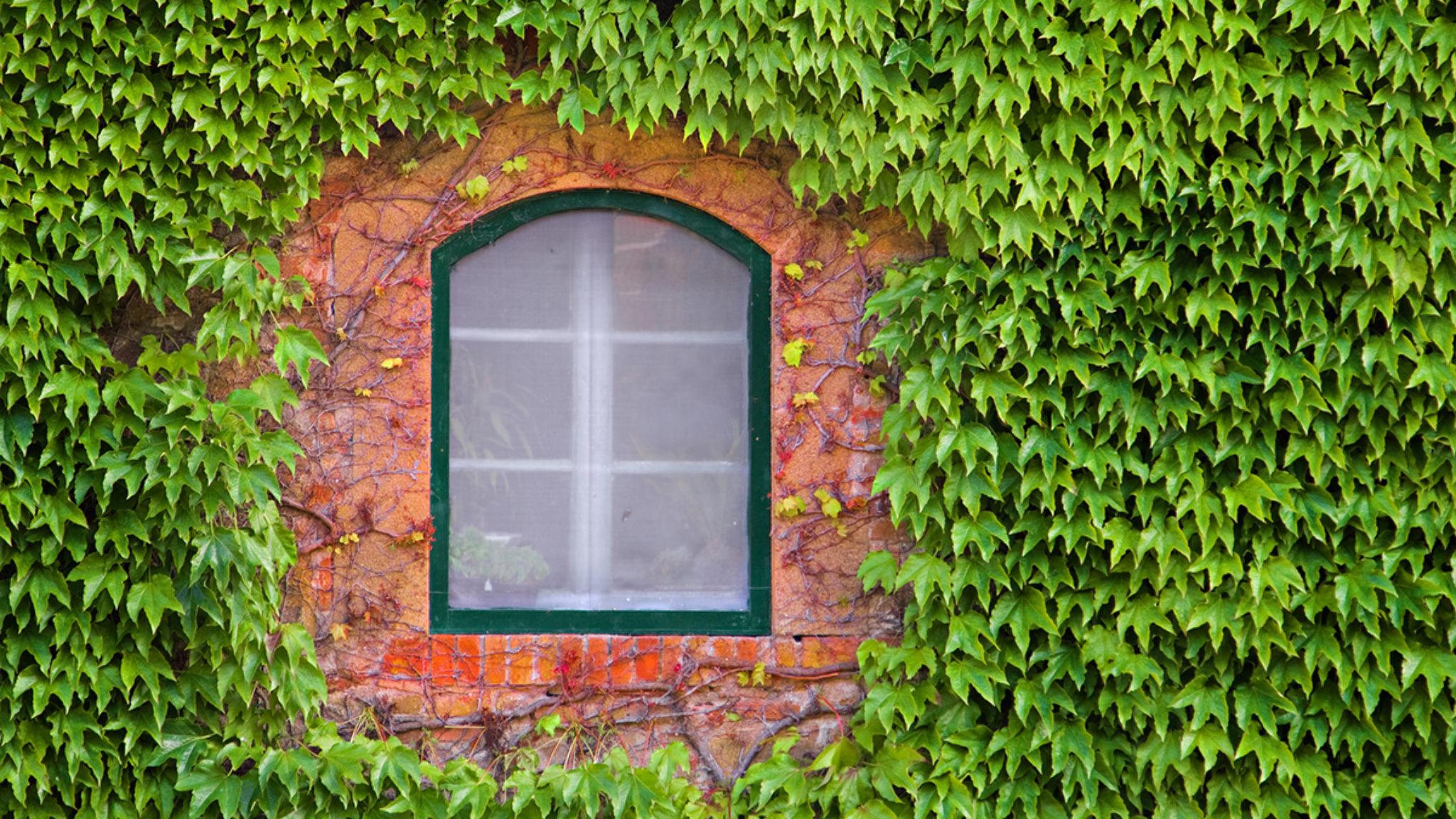Vines are a garden essential. Why? They solve problems such as smothering unsightly fences or adding warmth and romance to blank walls. They take the edge off pergolas and pillars, and as most are fast-growing, they do this in record time. Finally, because they’re so impressive once they get growing, they’re attention-getters, too. Vines basically fall into three categories–twiners, those that grip by tendrils, and others that adhere by rootlets. Here’s what you need to know about each, and some spectacular choices.
Vines That Twine or Scramble
Vines in this category don't attach themselves with tendrils. Rather, they scramble along and wind themselves through and around their support system without needing much outside help. These can be vigorous vines (think wisteria, bougainvillea, rambling roses) so use them on sturdy fences and structures.
Vines That Grip By Tendrils
Tendrils are small gripper-type stems that grow straight until they contact something they can grasp. (Wire or cord, another stem on the same vine, another plant. Then contract into a spiral and wrap around the support.) Excellent choices for latticework supports such as chain-link fences and lath trellises.
Vines That Adhere
Climbers such as Virginia Creeper use adhesive pads to attach themselves to flat surfaces. While others, such as English ivy and climbing hydrangea, adhere by aerial rootlets. Removing them can damage paint work and mortar, however, if you’re looking for a near-forever solution, they’re a good choice.
Vines that Twine
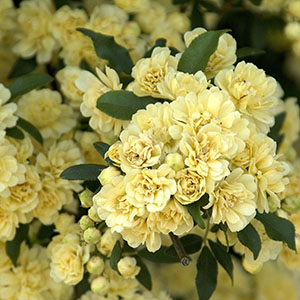
Yellow Lady Banks Climbing Rose
Zone: 6 – 9
A vigorous climber with rich green foliage on thornless, slender branches. Double yellow blooms have a slight fragrance. Prolific bloomer for a lovely spring display.
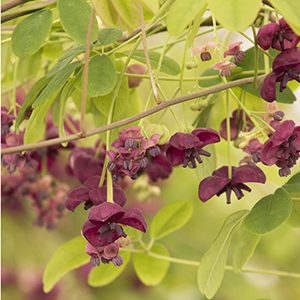
Fiveleaf Akebia
Zone: 5 – 9
Vigorous yet delicate-looking with bluish-green foliage and dangling stalks of chocolate-like, fragrant, deep purple flowers. Fast cover for arbors.
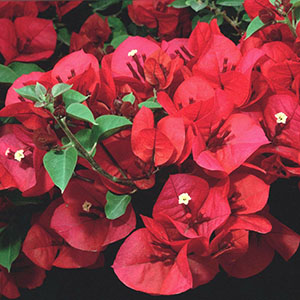
Scarlett O’Hara Bougainvillea
Zone: 10 – 11
Strong vine-like habit provides quick cover and a beautiful show of amazing clusters of deep magenta-red flower-like bracts. Evergreen in frost-free areas.
Vines that Grip
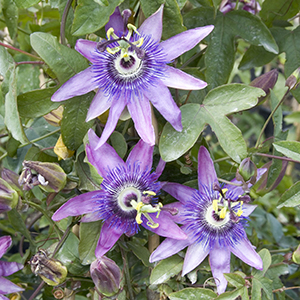
Lavender Lady Passion Flower
Zone: 9 – 11
Spectacular long lasting purple-blue fragrant blooms with an exotic shape. Popular climber good on fences and walls or along eaves. Can be grown indoors.
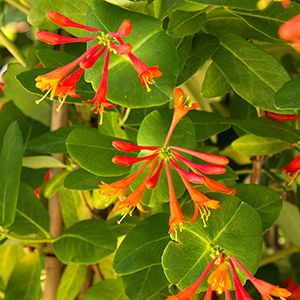
Trumpet Honeysuckle
Zone: 4 – 9
Showy trumpet-shaped, orange-scarlet flowers. Zooms up fences, trellises, arbors. Semi-evergreen to deciduous in colder areas.
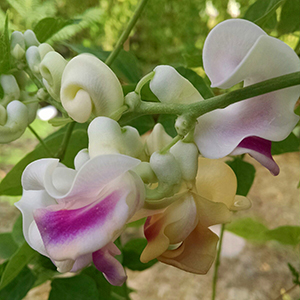
Trumpet HoneysuckleZone: 9 – 11
Highly fragrant, fast growing summer bloomer with curled flowers resembling a snail's shell. In distinctive shades of lavender, white and creamy yellow.
Vines That Adhere
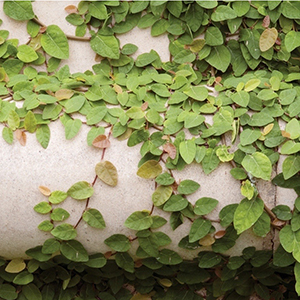
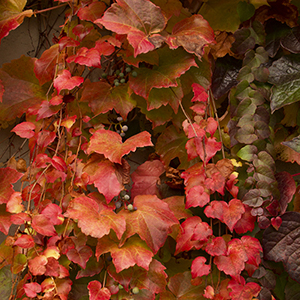
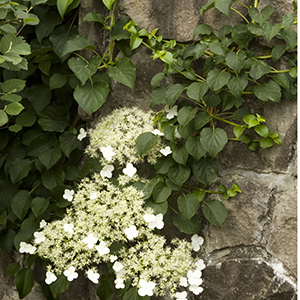
Training a Vine
- Plant all vines at least four to six inches away from its support system. This allows for its roots have a place to expand.
- Get vines going in the right vertical direction by attaching them loosely to the structure you want them to climb.
- You may need to keep tying up vines as they grow higher and higher on a structure.
- Other vines require very little training, other than at planting time.
